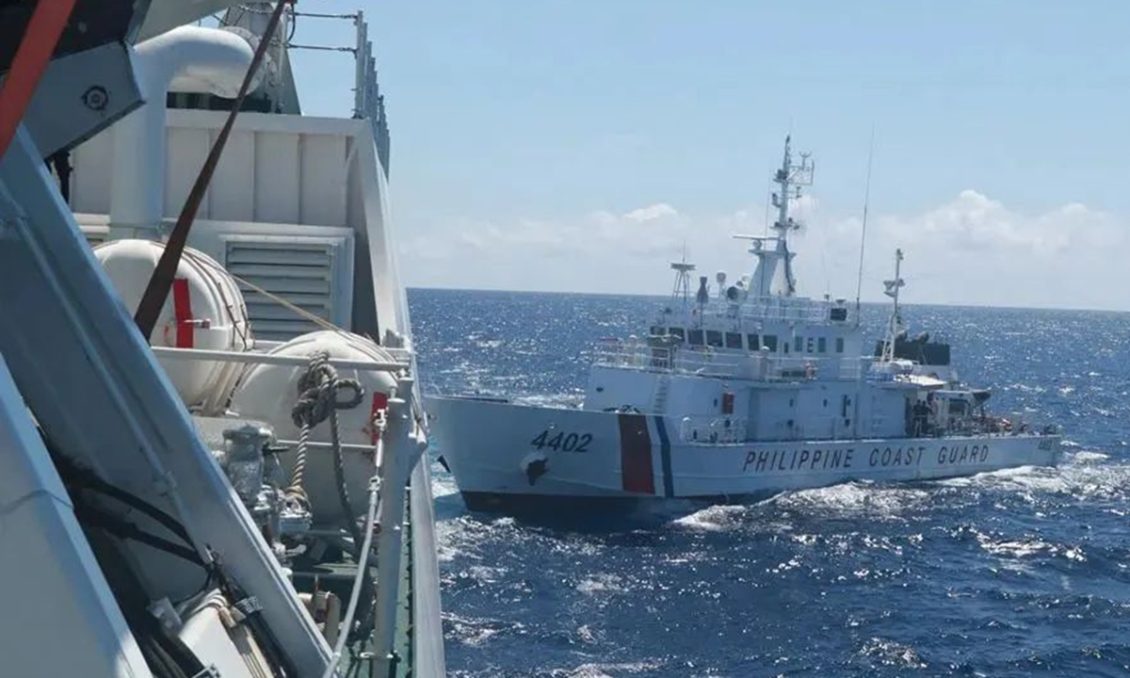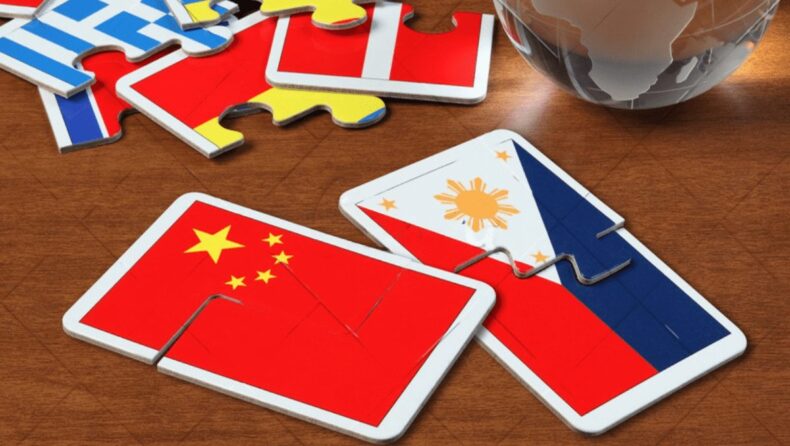The Philippines has sent a clear message to China, asserting its unwavering commitment to maintaining its presence at the disputed Second Thomas Shoal in the South China Sea. The recent incident involving China’s coast guard using water cannons and “dangerous” tactics to obstruct Manila’s supply mission to its troops occupying the reef has escalated tensions in the volatile region. As the Philippines refuses to back down, the confrontation highlights the complexities of maritime disputes and the broader geopolitical dynamics in the South China Sea.
Table of Contents
David vs. Goliath: Manila’s Resilient Stand
Comparing the recent events to a “David vs. Goliath situation,” Jonathan Malaya, a senior Philippine National Security Council (NSC) official, emphasised that China’s increased presence at the Second Thomas Shoal would not deter the Philippines from safeguarding its interests. Malaya underscored the Philippines’ resolve to protect its position at the shoal, known locally as Ayungin Shoal, despite China’s call for the removal of a grounded Philippine warship.
Ayungin Shoal: A Symbol of Sovereignty Claims
The Second Thomas Shoal, or Ayungin Shoal, has become a symbol of sovereignty claims in the South China Sea. The Philippines intentionally grounded a warship at the atoll 1999 to reinforce its territorial claims. Despite China’s claims of sovereignty over almost the entire South China Sea, the Philippines and Malaysia, Vietnam, Brunei, Taiwan, and others assert their rights to certain areas. The grounding of the warship serves as a physical embodiment of the Philippines’ sovereignty claims in the region.
Philippines Sovereignty vs. International Law
China’s objection to the Philippines’ resupply mission and its increased presence at the shoal hinges on the issue of sovereignty. China contends that Manila’s actions violate China’s sovereignty and the Declaration on the Conduct of Parties in the South China Sea.

China’s coast guard claims that the interception of the resupply mission was carried out “by the law.” However, this perspective is countered by international law and the Philippines’ assertion of its rights.
Escalating Tensions and Undermining Trust
China’s recent use of water cannons and obstructive tactics in thwarting the Philippines’ supply mission has exacerbated tensions between the two nations. The Philippine military labelled these actions “excessive,” indicating they undermined efforts to build trust between Manila and Beijing. This escalation underscores the pressing need for a comprehensive code of conduct in the South China Sea to manage such disputes and prevent further destabilisation.
Broader Geopolitical Implications
Tensions between the Philippines and China have been compounded during the tenure of Philippine President Ferdinand Marcos Jr. The Philippines has leaned back towards its traditional ally, the United States, which has expressed support for Manila and criticised China’s actions as a threat to regional peace and stability. As geopolitical dynamics shift, the South China Sea remains a hotbed of competing interests and claims with regional and global implications.
Conclusion
Despite China’s obstructive tactics, the Philippines’ resolute stance in maintaining its presence at the Second Thomas Shoal highlights the gravity of maritime disputes in the South China Sea. The conflict underscores the broader geopolitical complexities that intertwine sovereignty claims, international law, and regional stability.
As the Philippines stands firm in defense of its sovereignty, the world watches with a keen eye. The resolution of the South China Sea dispute will shape not only the future of regional dynamics but also the broader paradigm of international relations in a world interconnected by shared challenges and shared destinies. The hope remains that wise diplomacy and prudent decisions will guide the region toward a peaceful and mutually beneficial outcome, ensuring that the South China Sea becomes a beacon of collaboration rather than contention.













